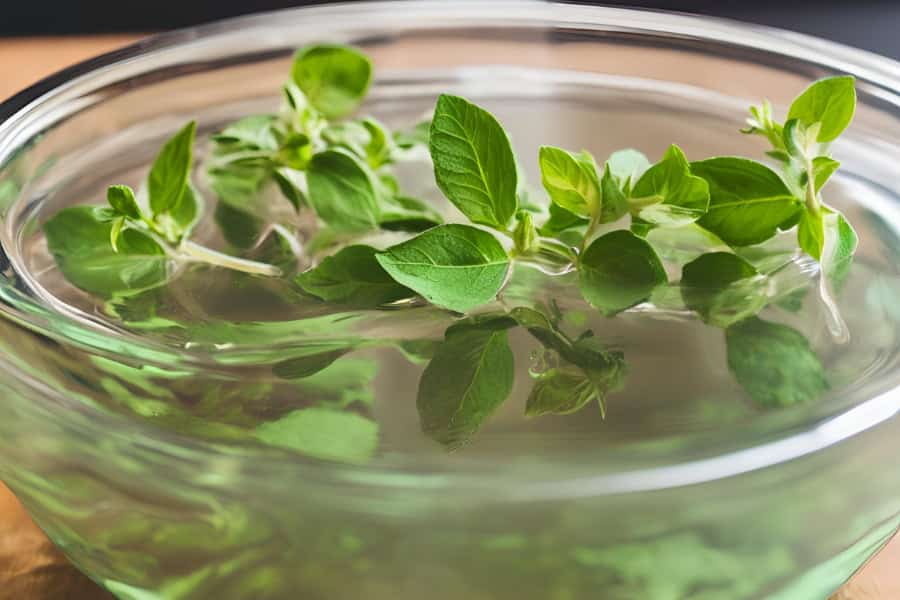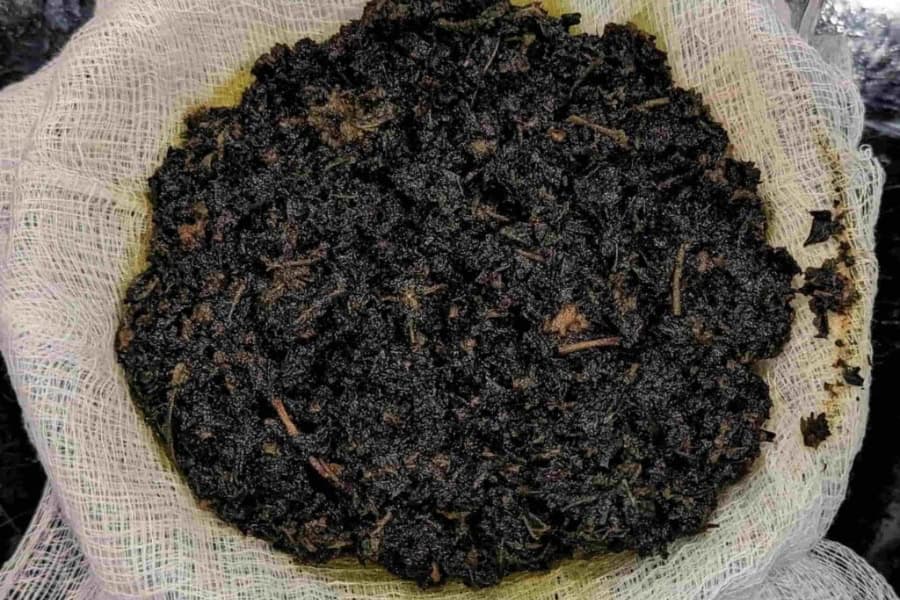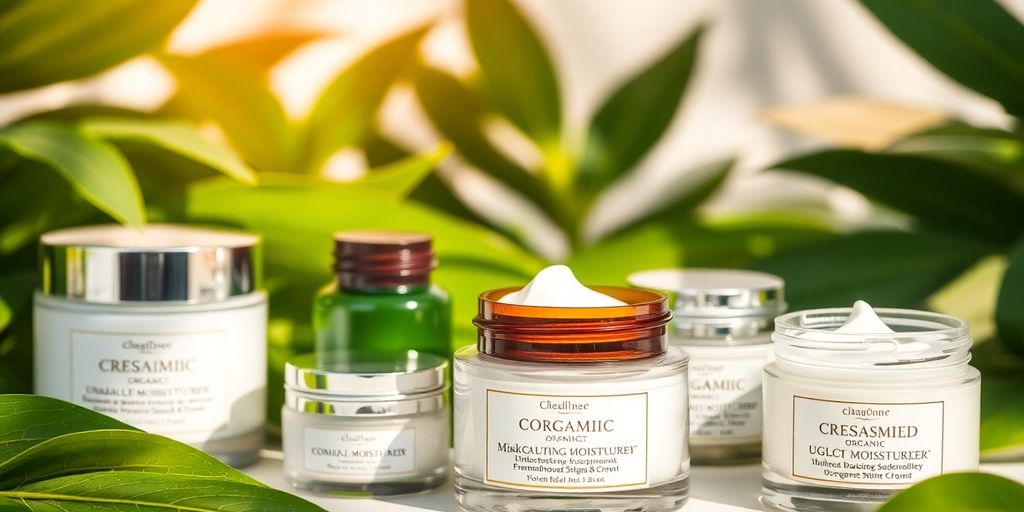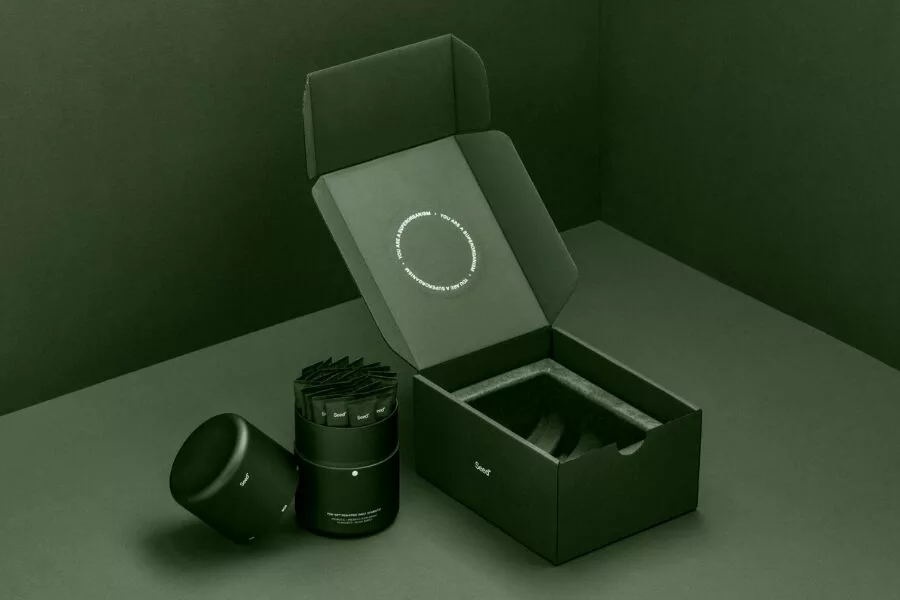Love the smell and taste of oregano, but don’t know what to do with it beyond using as an Italian seasoning? We have an idea. How about you learn how to make oregano oil at home!
Oregano’s captivating scent and culinary flexibility go way beyond just being a staple in Italian seasoning.
Oregano is packed with essential oils like carvacrol and thymol, which is responsible for its distinct aroma and flavor. These oils has antimicrobial properties that help in food preservation and support your overall health. Additionally, oregano has flavonoids, vitamins, and minerals such as vitamin K, manganese, iron, and calcium, which makes it great addition to your daily routine.
So, lets learn how to make oregano oil at home with both fresh and dried leaves. This DIY approach not only saves money but also offers the assurance of a high-quality product tailored to your preferences. Let’s get started!
What is Oregano Oil?

Most of us associate oregano oil solely with Italian seasoning, when in reality, it hails from the sun-drenched Mediterranean lands. The herb has been used in ancient healing traditions since ions.
Want to learn how to up your wellness routine? Check out Ecowiser’s Wellness Guide.
Filled with essential minerals, antibacterial agents, and antioxidants, oregano oil is a prime example of nature’s remarkable capacity to promote and reestablish overall health. Its roots are in an era when natural treatments were the mainstay of health, representing a wellness legacy that has been passed down through the decades.
The alternative medicine community has embraced oregano oil for its healing qualities. And once you learn how to make oregano oil at home, you can use it every day too.
How to Make Oregano Oil at Home
There’s not a lot that goes into this recipe. Here’s a step-by-step guide on how to make oregano oil at home. This tutorial ensures that every aspect of the process, from sourcing quality ingredients to ethical extraction methods, is carefully considered. Let’s make some oil!
Ingredients to Make Oregano Oil at Home
- Fresh oregano leaves/dried oregano
- Carrier oil (such as olive oil or coconut oil)
Kitchen Tools To Make Oregano Oil at Home
- Clean, dry glass jar with a tight-fitting lid
- Strainer or cheesecloth
- Funnel (optional)
- Dark glass dropper bottles (for storage)
How to Make Oregano Oil, A Step by Step Tutorial
Step 1: Prepare the Oregano Leaves

When learning how to make oregano oil at home, you can either start with fresh or dried oregano. If you have fresh oregano leaves, it’s recommended to wash off the dirt and pesticide accumulation off the leaves. If you’re using dried oregano, skip this step.
Step 2: Combine Oregano and Carrier Oil

Place the oregano leaves in the clean glass jar. Pour enough carrier oil over the leaves to completely cover them. Ensure there is at least an inch of oil above the leaves. Seal the jar tightly with the lid. Place the jar in a warm, sunny spot for 1 to 2 weeks to allow the oregano to infuse into the oil. Shake the jar gently every day to ensure thorough mixing.
Step 3: Strain the Oil

After 10 to 14 days, strain the oil mixture through a fine-mesh strainer or cheesecloth into a clean bowl or another jar. Squeeze the oregano leaves in the strainer to extract as much oil as possible.
Step 4: Bottle and Store

Use a funnel to transfer the strained oregano oil into dark glass dropper bottles for storage. Dark glass helps to protect the oil from light, which can degrade its quality. Seal the bottles tightly with the lids and store them in a cool, dark place.
Step 5: Label and Date the Jar

Don’t forget to label each bottle with the contents (oregano oil) and the date it was made. This helps you keep track of freshness and potency.
That’s all! Your homemade oregano oil is now ready to use! Store it in a cool, dark place and use it within 6 to 12 months for optimal freshness and potency.
Is Oregano Oil Good For You?

Oregano oil is good for you! In more ways than one. It is packed with potent compounds like carvacrol and thymol that have powerful antimicrobial properties that help to combat harmful bacteria, viruses, and fungi. But that’s not all.
Here are the leading ways in which daily consumption of oregano oil can help you:
Antioxidant Power: Oregano oil’s antioxidant content, including flavonoids and rosmarinic acid, contributes to its ability to neutralize free radicals, reducing oxidative stress and inflammation in the body.
Immune Support: Daily consumption of the oil supports overall immune function and cardiovascular health.
Skin Health: When applied topically, oregano oil can help treat various skin conditions, such as acne, eczema, and fungal infections, due to its antimicrobial and anti-inflammatory properties.
Digestive Health: Oregano oil supports digestive health by aiding in the digestion process and relieving symptoms of indigestion and bloating.
Respiratory Support: Inhalation of oregano oil vapor or use in aromatherapy can help alleviate symptoms of respiratory conditions such as coughs, colds, and sinus congestion.
Anti-inflammatory Effects: The oil’s anti-inflammatory properties have been linked to potential pain relief, making it a promising option for managing conditions like arthritis.
With a wide range of benefits, oregano oil emerges as a holistic addition to your wellness routine.
How To Use Oregano Oil as an Antibiotic
Now that you have had a glance on how to make oregano oil, lets learn about one of its most rewarding perks: Oregano oil is an effective antibiotic. It works as a natural alternative to traditional antibiotics with the added benefit of being cost-effective and easily customizable.
Because of its high concentration of carvacrol, a naturally occurring substance with strong antibacterial qualities, oregano oil is valued for its powerful antibiotic advantages. It may be able to fight off many kinds of bacteria, even ones that are resistant to traditional antibiotics, according to research, which makes it a useful natural cure for infections and immunity-boosting.
Is Oregano Oil Safe for Daily Consumption?

While oregano oil is commonly perceived as safe for consumption, its potency warrants careful handling. Before ingestion, it’s vital to dilute it properly in water or a carrier oil to prevent potential irritation, particularly for those with sensitive skin or stomachs. Excessive or prolonged consumption can trigger allergic reactions or gastrointestinal discomfort in some individuals.
Consulting a healthcare provider is advisable to ensure suitability, especially for pregnant or breastfeeding individuals, those with underlying health issues, or those taking medication.
While oregano oil offers promising antibiotic benefits, moderation and proper usage are key to reaping its potential health rewards without adverse effects. Always prioritize quality and purity when selecting oregano oil, opting for reputable brands and organic sources whenever possible
How to Take Oregano Oil Everyday

Oregano oil is fit for everyday consumption, as long as you can control your intake, and be mindful about the portions. Whether you prefer oral intake for internal health benefits, topical application for skin issues, or aromatherapy for respiratory support, we’ve got you covered. Here’s how you can take oregano oil everyday:
Oral Consumption: Take a few drops of oregano oil internally by diluting it with water or juice. A modest amount, like one or two drops, should be started with and increased gradually as tolerated. This technique is frequently applied to treat digestive problems or boost immunological function.
Take a drop or two below your tongue: Before ingesting, place one or two drops of oregano oil under your tongue and hold it there for a short while. If you have respiratory or oral health issues, this is the method you should go for.
Topical Application: Apply oregano oil to the skin after diluting it with a carrier oil, like coconut or olive oil. This method is particularly suitable for addressing skin issues like acne, fungal infections, or insect bites.
How To Make Oregano Oil Quickly

Don’t have a week to wait? That’s understandable. For the eco-conscious enthusiast on the go, Ecowiser always has time-saving tips that don’t compromise on quality. Here’s how you make oregano oil quickly at home:
Step 1: Gather Ingredients
You’ll need dried oregano leaves and a carrier oil like olive or coconut oil.
Step 2: Heat the mixture
In a small saucepan, combine the dried oregano leaves with the carrier oil. Use a ratio of about 1/4 cup of oregano to 1/2 cup of oil. Heat the mixture over low heat for about 30 minutes, stirring occasionally.
Step 3: Strain and Cool
Once the oil has infused with the oregano’s properties, strain it through a fine mesh strainer or cheesecloth into a clean glass jar. Allow it to cool completely before use.
Step 4: Store The Oil
Transfer the cooled oregano oil into a glass dropper bottle or airtight container for storage.
That’s all! You have the oil ready to go. We do recommend the slow and steady process of letting the carrier oils put
Hope You Learned How To Make Oregano Oil At Home!
See, that was no rocket science. Learning how to make oregano oil at home lets you to add this amazing elixir in your daily wellness routine.
With this knowledge and nature on your side, you can enjoy the perks of oregano oil while embracing sustainability. By nurturing your health and embracing sustainability hand in hand, you can create a harmonious balance that enriches both your well-being and the world around you.
Kudos to you for having read through the simple steps we curated for you. Interested in learning about more such eco-conscious topics? Flip through our blog.
You might also like to glance at 8 Essential Oil Blends to Boost Your Energy
Frequently Asked Questions (FAQs)
Is homemade oregano oil safe?
Homemade oregano oil can be safe if prepared correctly and used appropriately. However, it’s essential to follow proper hygiene and extraction methods to prevent contamination and ensure safety.
How to make oregano oil at home?
To make oregano oil at home, you can start by drying fresh oregano leaves thoroughly. Then, you can infuse the dried leaves in a carrier oil, such as olive oil or coconut oil, using a low heat method. Once infused, strain out the leaves and store the oil in a clean, airtight container.
Can I use coconut oil to make oregano oil?
Yes, you can use coconut oil as a carrier oil to make oregano oil. Coconut oil has antimicrobial properties itself, which can complement the benefits of oregano oil. Follow the same infusion process as you would with other carrier oils.







